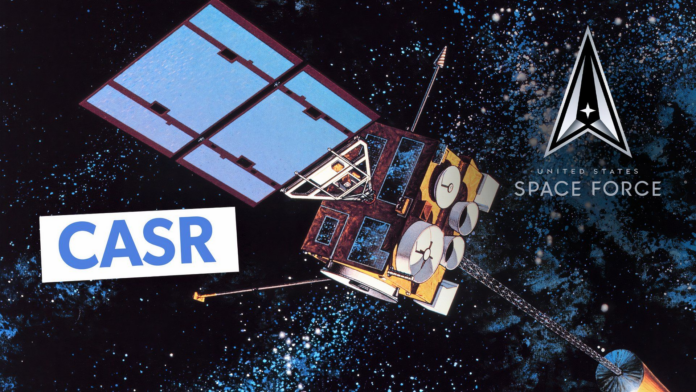The US military is crucial to protecting satellites from cyberattacks, especially given the growing threats from multiple hostiles. The US initiated the Commercial Augmentation Space Reserve CASR to anticipate, prevent, and respond to attacks. This initiative combines commercial technology with military systems to improve cybersecurity.
Compared to conventional anti-satellite weaponry, the initiative intends to protect vital systems from faster, less expensive, and more difficult-to-trace cyberattacks. It ensures the military can access commercial satellite services during crises or emergencies. The program also leverages commercial space assets to enhance national security.
Photo: NASA Johnson | Flickr
CASR aims to improve the US national security space architecture by integrating commercial space capabilities. It ensures priority access to commercial space infrastructure during system strains and focuses on forming partnerships with commercial companies during peacetime to facilitate smooth transitions in case of emergencies.
Photo: NASA | DVIDS
Similarly, CASR establishes pre-negotiated contracts with commercial companies to ensure that services like satellite communications and remote sensing are prioritized for US government use during national security emergencies, including nuclear crises.
Purpose Description Assessment and Analysis Provide high-level analysis to access and secure commercial space capabilities. Requirements Assessment Assess peacetime and wartime space requirements by mission area. Capacity Identification Identifying the quantitative difference between peacetime and wartime. Commercial Space Alignment Align wartime requirements with commercial space industry capabilities.
CASR’s Origin and Implementation
Advancements in space technology and military dependence on commercial space capabilities have created operational vulnerabilities in launch, space, and ground segments. The US government’s call for commercial space support could be more efficient, but opportunities exist to increase space resiliency and capacity.
Key sectors in the commercial space industry include launch services and space-based and ground-based sectors, each contributing to a CASR program. Addressing logistical challenges and integrating commercial and organic military capabilities can improve security.
In disaster or conflict, the government calls on commercial airlines to conduct necessary transport missions; CASR draws on experiences learned from the Air Force Civil Reserve Air Fleet (CRAF) program. ✕ Remove Ads
Civil Reserve Air Fleet
Since its establishment in 1951, CRAF has been a voluntary contractual program partnering with commercial airlines to provide their fleet in crises, including global deployments, redeployments, special assignment air missions, scheduled channel flights, and war or rescue operations.
Close
It serves as a standby resource for the military, ensuring the nation has sufficient airlift capability to respond to crises. However, transferring aspects of the CRAF framework to the space domain may be challenging due to domain physics, industry sector differences, and programmatic challenges.
The US Space Force
The Space Force is actively working with satellite operators and other space companies to refine the details of the CASR program. After a recent request for information, over 80 company submissions have been reviewed, reflecting growing industry interest and concerns about the program’s structure.
Photo: Jose Hernandez | US Space Force
The program will function through pre-negotiated contracts with commercial companies, guaranteeing access to services like satellite communications or monitoring space debris without scrambling for support during a critical moment. A reserve of commercial satellites would provide a crucial backup as forces increasingly rely on satellites for battlefield operations.



